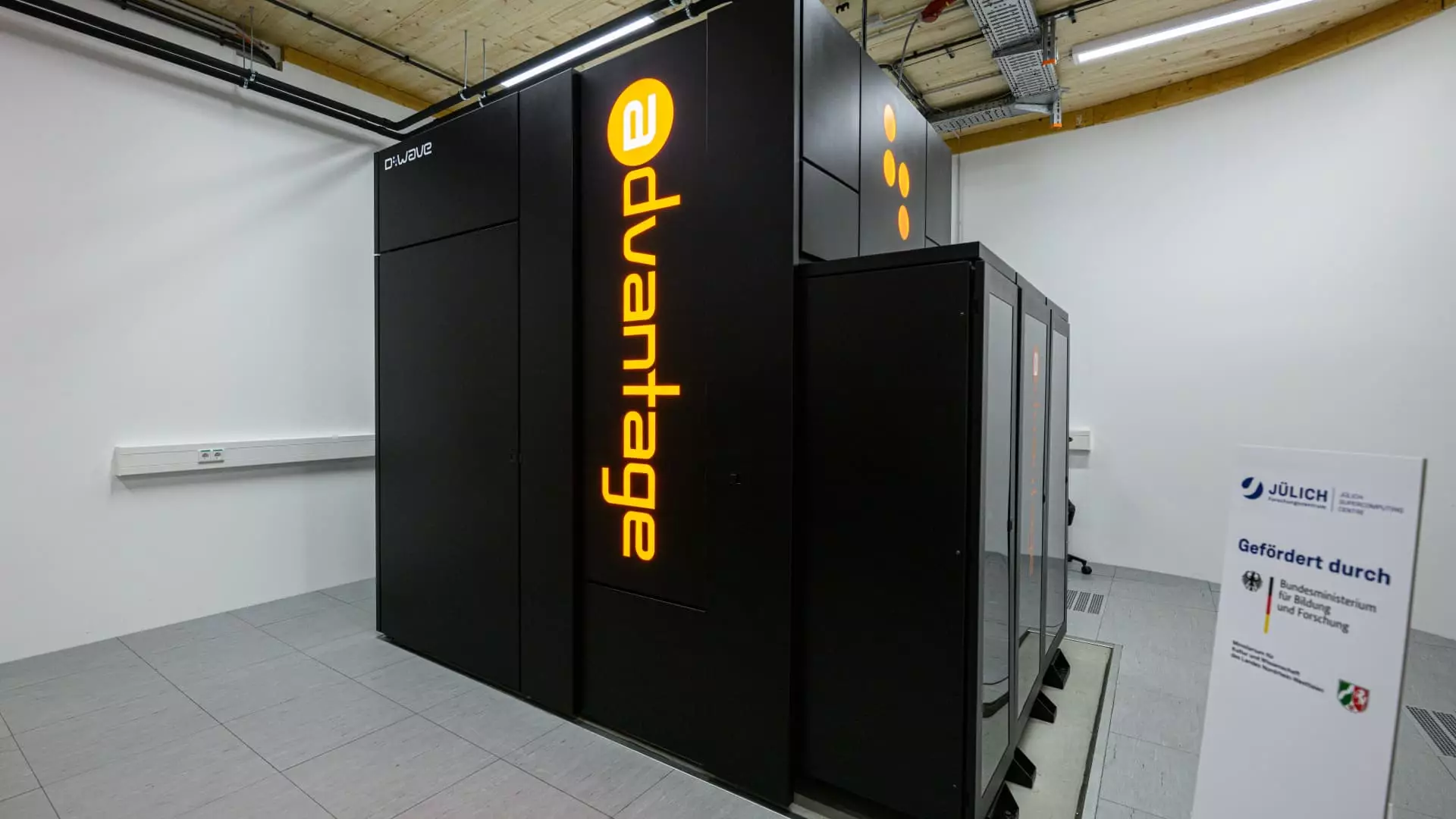The stock market is not just a series of numbers; it’s a reflection of the collective optimism and pessimism of investors. Today, D-Wave Quantum stirred excitement with a whopping 26% surge in stock prices, fueled by the unveiling of their latest quantum computing system, Advantage2. This leap is not merely a financial uplift; it marks a pivotal moment in the tech landscape where quantum computing could finally be stepping out of the shadows and into mainstream application. Investors are clamoring for sectors that promise substantial transformation, and D-Wave’s innovation could signal the dawn of a new technological era. The question remains: will this momentum be sustainable or just another flash in the booming tech pan?
Hospitality Software on the Rise
Agilysys also joined the ranks of winners, enjoying a 21% increase after its impressive fourth-quarter fiscal results crushed analyst expectations. Reporting a significant EBITDA of $14.8 million, well above the projected $11.3 million, Agilysys isn’t just riding on the coattails of economic recovery but actively driving it within the hospitality sector. Given the ongoing recovery of the travel and leisure industries, this company’s ability to outperform highlights a valuable lesson: in times of uncertainty, businesses that invest in resilience and innovation stand to gain the most. It reinforces an essential aspect of capitalism—the survival of the fittest, where those adapting quicker truly can emerge as market leaders.
Sports Equipment and Market Gain
Amer Sports, the fitness and sports equipment manufacturer, saw a commendable 17% hike in stock prices after exceeding first-quarter earnings expectations. Their adaptability in a competitive landscape showcases not just solid leadership but also the critical importance of diversifying product offerings amid changing consumer habits. The company’s proactive stance on tariffs and pricing power speaks volumes about its strategic positioning, providing an inspiring blueprint for other businesses attempting to navigate complex global trade issues. It’s proof that a combination of smart management and product innovation can yield amazing results even in challenging environments.
Vaccination Developments Boosting Shares
In the health sector, Moderna’s stock jumped over 9% following new FDA regulatory guidance for COVID-19 vaccine boosters. This revelation is more than just a numbers game for investors; it signifies a capitalist approach to healthcare that prioritizes adaptability and responsiveness to changing health landscapes. Pfizer’s near 2% climb in sympathy shows unity within the biotechnology sector during a tumultuous time. As we witness potential shifts in how vaccines are governed, it’s heartening to see the capitalist spirit driving companies to innovate rapidly. However, this shouldn’t overshadow the reality; individuals and families continue to rely heavily on these vaccines for their safety and well-being.
The Bitter Side of Growth
Viking Holdings presented a contrasting narrative as shares dipped by 5% amid warnings of slower pricing growth in future bookings despite beating expectations in first-quarter results. This situation exposes a significant flaw in market optimism—no matter how high one can rise, the looming specter of unexpected downturns in bookings can easily shatter glass ceilings made from superficial analyses. The unpredictability of consumer sentiment remains a daunting challenge, serving as a stark reminder of the market’s volatile nature and highlighting the need for robust contingency plans.
Challenges in Building Materials
Then there’s Eagle Materials, whose shares stumbled by 7% after reporting disappointing fiscal fourth-quarter results. It’s a hard lesson in the unpredictable nature of economic recovery, particularly for companies dependent on a sustained demand in construction. Underperformance not only creates a ripple effect on stock prices but raises significant questions about future growth strategies. These setbacks present an opportunity for introspection about mismanaged expectations and market overreactions, emphasizing the need for realistic projections in financial practices.
Market Reactions to Leadership Changes
The departure of a CFO can rattle investor confidence, as seen with Schrödinger’s nearly 9% drop in shares following the announcement of Geoffrey Porges’s exit. While the company affirms its ambitious revenue forecast, instability in leadership can cast long shadows over operational continuity and investor trust. This raises a critical question: how should companies balance the need for innovation against the potential pitfalls of leadership changes? It’s an ongoing dilemma, where the implications of such shifts may not surface until it’s too late to re-adjust.
The stock market today encapsulates the duality of triumph and tribulation—a robust reminder that while innovation propels us forward, challenges can strike at any moment. Understanding this multifaceted reality is essential for any investor striving to navigate the ever-changing landscape of the market.

